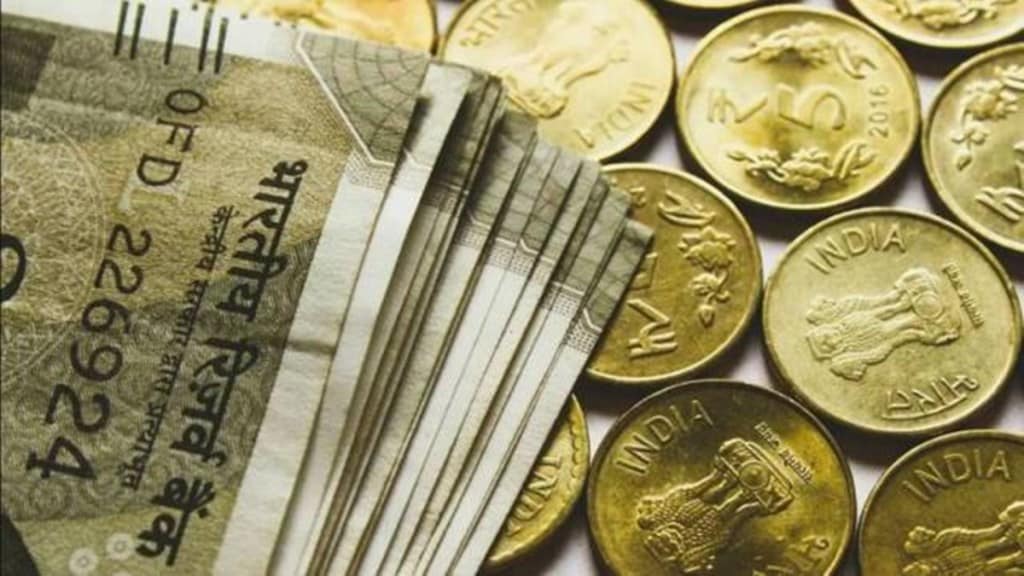By Amol Agrawal
The tagline of the Onida TV brand campaign—Neighbour’s Envy, Owner’s Pride—had seemed applicable to the US financial system as well. However, in the last 15 years, the US financial system has become more of ‘owner’s misery and no one’s pride”, having faced two major crises.
The first crisis, in 2008, was driven by one half of the financial system—capital market firms such as investment banks, insurance and mutual funds. The capital market entities invested in housing markets by raising funds from the interbank or repo market. Following a hard crash of the housing market, there was a ‘run on the repo’ as the entire system froze as financial entities were unwilling to lend to each other.
Also read: Concentration, not dilution
The second crisis, in 2023, was driven by the other half of the financial system—commercial banks— thereby completing a crisis pie in a manner of speaking. Unlike capital market entities, the commercial banks’ liabilities are deposits from households which are stickier and more reliable than repos. The deposits are also insured upto a limit per depositor to support the banks. In 2022-23, the US central bank increased interest rates significantly due to a surge in inflation. The banks faced huge losses on their investments. Ideally, in a well-funded deposit insurance (DI) system, there is nothing to worry. Then why did the US banks face a crisis?
The answer is that, over the years, the US banks were relying on uninsured deposits. What does this mean? Suppose the DI limit per depositor is $100. If the depositor keeps $150 with the bank, then $50 remains uninsured. It is natural to have a certain percentage of deposits in the uninsured category as there will be rich households. But, if the percentage of uninsured deposits rises, it poses risks to the financial system. This is exactly what happened in the US banks too.
The current DI limit in the US is $250,000 per depositor— the limit was raised during the 2008 crisis to prevent spread of the crisis from capital markets to banking markets. As of December 2022, more than 99% of the deposit accounts were covered by the DI. However, when we look at share of uninsured deposits in the value of the liabilities of banks, the share has more than doubled from 20% to 47% in the last 15 years. If bank assets begin to decline—as was the case in 2022 and 2023—the uninsured depositors rush to withdraw their deposits, thereby causing a ‘run on the deposits’.
The US policymakers were caught off-guard and had to agree to bail out banks by backing even uninsured deposits.
The 2023 crisis shone the spotlight on the existing DI system in the US. The US policymakers are holding discussions on strengthening the DI. The first such discussion has led to a report by the Federal Deposit Insurance Corporation. The report mentions that though DI encourages moral hazard (I take risks because I am insured), it also protects the small uninformed depositor. This dilemma of whether to have or not have DI is never an easy one. It has also highlighted the critical role technology and social media play in today’s bank runs.
In terms of reforms, the report has said there are three kinds of DIs: limited, unlimited and targeted. Limited and unlimited DI are on the two ends of the spectra of coverage and moral hazard; targeted DI is the middle approach. Targeted DI provides different levels of insurance coverage across different types of accounts, including higher DI for business accounts. The report mentions the need to discuss each of the systems.
What are the lessons for Indian DI? India faced a banking crisis in the period 2013-20. Apart from many reforms, the government increased the DI coverage from Rs 1 lakh per depositor to `5 lakh per depositor. The discussion remained limited to this increase in limit. The banking crisis in the US suggests we need to revisit DI in India for three reasons.
Also read: Telcos’ revenue growth slows to 9% year-on-year in March 2023
First, the share of uninsured deposits is very high. The increase in deposit cover led to increase in percentage of protected accounts to total accounts from 91% to 98%. The share of insured deposits in banks’ liabilities also increased from 28% to 51% in the same period. This means the uninsured deposits in India are at 49%, levels similar as US.
Second, India’s DI does not follow a risk-based premium system, which means higher risk institutions pay higher premiums. Instead, all participating institutions pay the same premium in the Indian system. India’s DI covers commercial banks, regional rural banks (RRB), local area banks and cooperative banks. Cooperatives and RRBs are riskier, but as they are smaller, they cannot pay higher premium than, say, the safer scheduled commercial banks.
Third, technological changes mean transactions are increasingly happening via digital prepaid instruments (PPI). Recently, RBI’s Committee on Customer Service Standards has recommended to include these PPIs as part of DI. But then including PPI without looking at the first and second issues will only make the whole DI system riskier. There is also a need to discuss the role of technology and social media in bank runs.
The writer is assistant professor of economics, Ahmedabad University


